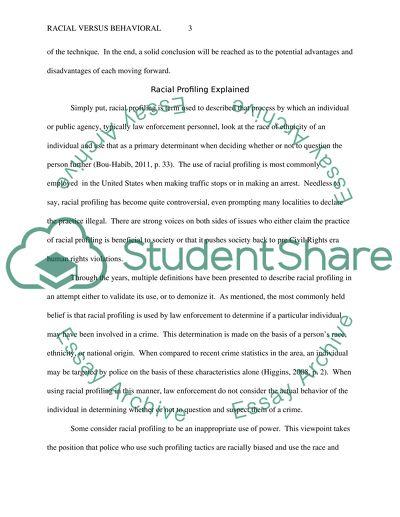Cite this document
(“Racial Profiling versus Behavioral Profiling Research Paper”, n.d.)
Retrieved from https://studentshare.org/law/1477873-racial-profiling-versus-behavioral-profiling
Retrieved from https://studentshare.org/law/1477873-racial-profiling-versus-behavioral-profiling
(Racial Profiling Versus Behavioral Profiling Research Paper)
https://studentshare.org/law/1477873-racial-profiling-versus-behavioral-profiling.
https://studentshare.org/law/1477873-racial-profiling-versus-behavioral-profiling.
“Racial Profiling Versus Behavioral Profiling Research Paper”, n.d. https://studentshare.org/law/1477873-racial-profiling-versus-behavioral-profiling.


